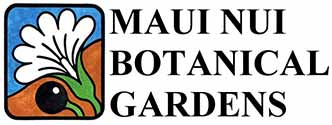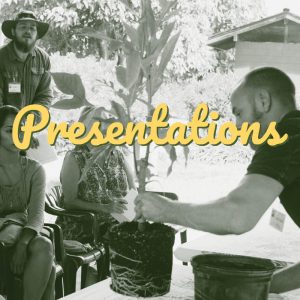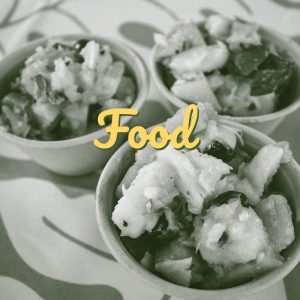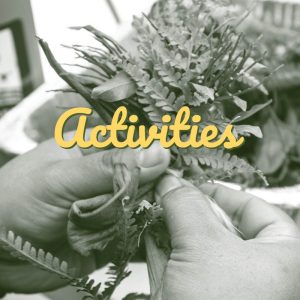Tree Sponsorship
Hālau Lāhainā, malu i ka ʻulu – Lāhainā is like a large house shaded by breadfruit trees.
Lāhainā, i ka malu ʻulu o Lele – Lāhainā, in the shade of the breadfruit trees of Lele.
Mala ‘ulu o Lele — the shaded breadfruit grove of Lāhainā — holds significant historical and cultural value for Maui's West Side. Introduced by early Polynesians, this particular variety of breadfruit was planted near homes as a vital food source and adapted seamlessly and abundantly in Lāhainā.
Although there are many cultivated varieties of breadfruit found elsewhere in Polynesia and throughout the South Pacific, only one was introduced to Hawaiʻi before European contact. This variety is named ʻUlu and is more recently being called Maoli, meaning indigenous or true. This Hawaiian variety is likely of hybrid origin, and is seedless (from Hawaiian Breadfruit, Meilleur et. al., 2004). Ancient groves that once inhabited both windward and leeward areas between 1,000 and 2,000 feet elevation were likely the source of some of the historic trees that lived in Lāhainā before the 2023 fires destroyed them. Currently there are efforts to propagate new trees from the still-living roots of the historic Maoli trees from Lāhainā town.
This variety thrives in locations with deep, well-draining soils, ample moisture from rain or groundwater, and direct sunlight with consistent warmth and humidity — all conditions commonly found in old Hawaiian landscapes, conditions once naturally held by Lāhainā. The tree's ability to self-propagate from root shoots under favorable conditions further supports its integration into the local ecosystem, providing Hawaiians with an ample food source alongside cultivated kalo, niu, and other canoe crops. Maoli ʻulu not only holds cultural and historical value but is also an ideal choice for sustaining traditional agricultural practices in Lāhainā.
 ‘Ulu, more commonly known as Hawaiian ‘ulu, and recently called Maoli ‘ulu. Photo courtesy of the Hawai‘i ‘Ulu Cooperative.
‘Ulu, more commonly known as Hawaiian ‘ulu, and recently called Maoli ‘ulu. Photo courtesy of the Hawai‘i ‘Ulu Cooperative.
How it will work:
1. During the event, you may sponsor a Maoli type ʻulu tree to be donated to a Lāhainā fire affected resident or organization. Sponsorships will cost $100 per tree and will be accepted at the Treecovery booth.
2. Care and maintenance of your tree will be provided by Maui Nui Botanical Gardens until it is large enough to outplant - at least one and up to three years. Your tree will be planted on the West side of Maui with a priority of replacing trees lost in the Lāhainā fires. If a site has not accepted your tree within 3 years, your tree will be donated to a school or public organization on Maui.
3. MNBG will contact you when your tree is planted in ground and tell you where it was planted.
4. Each tree will be connected to your name and contact information via a tag that will stay with the tree as it grows to size at MNBG.
5. MNBG will replace any trees that die during the grow-out period. Treecovery will be responsible for what happens to the tree once planted in the ground at the final growing site.
6. You may name your tree or make it in memory or honor of someone. Your name will travel with the tree and be provided to the landowner of the planting site.
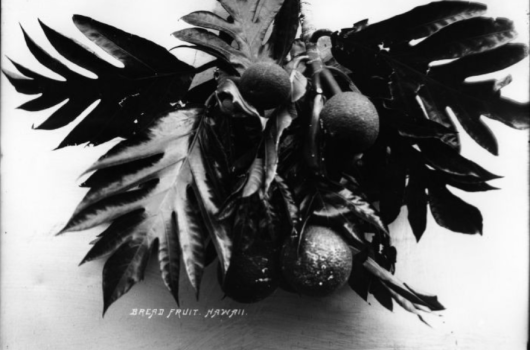 [Figure 1]
[Figure 1]
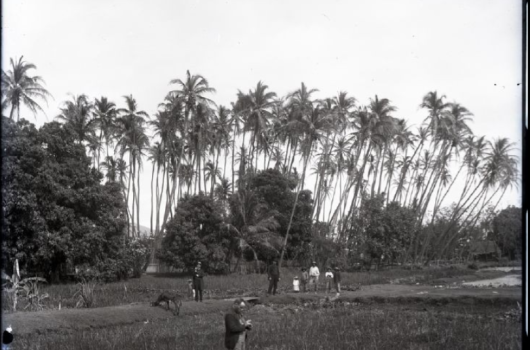 [Figure 2]
[Figure 2]
 [Figure 3]
[Figure 3]
[Figure 1]
Photo: Up close of ‘ulu, taken between 1883 to 1905 in Hawai‘i. From Ulukau.org.
Brother Bertram. (2013). Bread Fruit [He ʻUlu]. Chaminade University of Honolulu. © 2013 Chaminade University of Honolulu.
[Figure 2]
Photo: He ‘ulu niu — a breadfruit and coconut grove — in Lāhainā, taken between 1883 to 1905. From Ulukau.org.
Brother Bertram. (2013). Bread Fruit Grove [He ʻUlu Niu]. Chaminade University of Honolulu. © 2013 Chaminade University of Honolulu.
[Figure 3]
Photo: Fruiting ‘ulu tree, taken between 1883 to 1905 in Hawai‘i. From Ulukau.org.
Brother Bertram. (2013). Bread Fruit [Ka ʻUlu]. Chaminade University of Honolulu. © 2013 Chaminade University of Honolulu.
Mahalo to our generous sponsors:


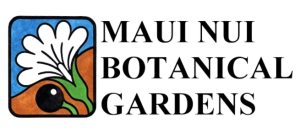






Arborists Sarge and Elaine
